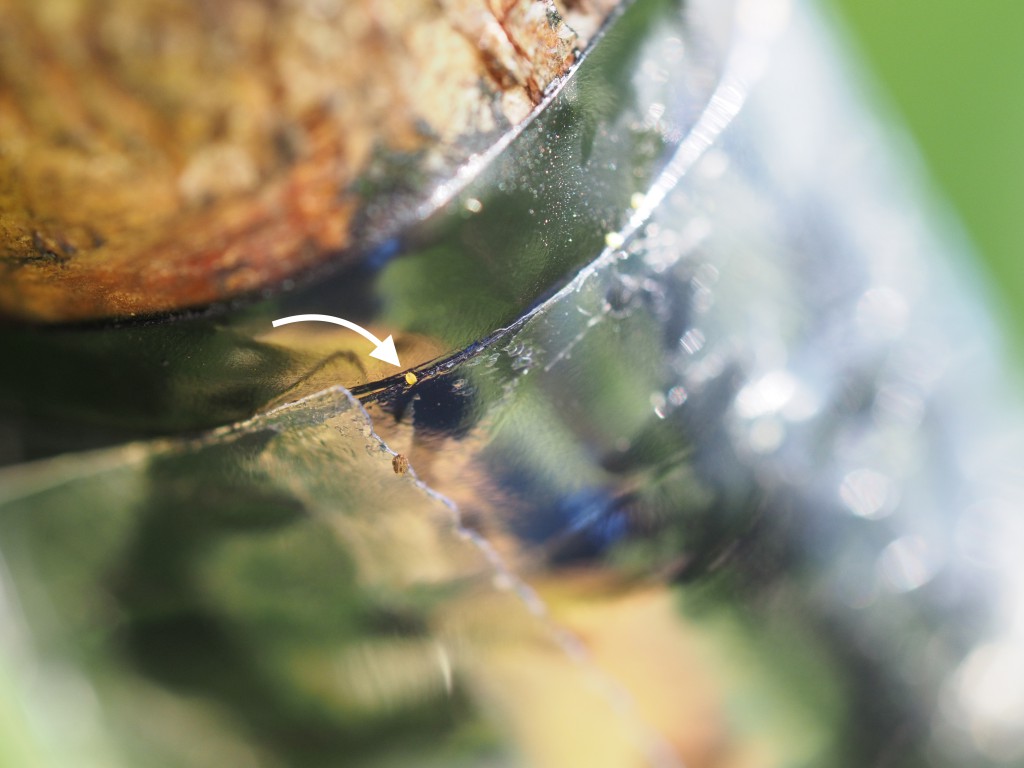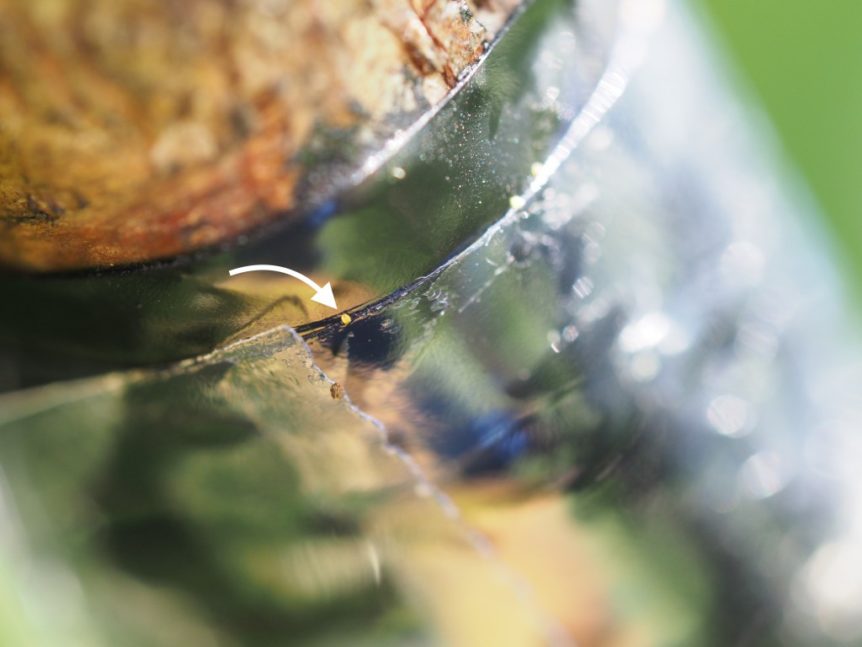
By Clint Thompson
San Jose scales may not appear threatening to peach orchards across the Southeast, but looks can be deceiving. Growers should treat them as a threat to this year’s peach crop, says Brett Blaauw, assistant professor at the University of Georgia (UGA) College of Agricultural and Environmental Sciences.
“If you look at San Jose scale, adult or immature on its own, it doesn’t look like much. It’s just a tiny, nearly microscopic organism that slowly sucks out the juices of the tree. One of them is not a big deal,” Blaauw said. “The problem is that a single female can produce up to 300 offspring and those offspring will go off, settle, grow up, they’ll mate, and then all of those females will have another 300 offspring. That population can quickly explode.
“When you have thousands of these tiny little organisms sucking the juices out of the tree, it can literally suck the tree dry and eventually kill it. On a tree on a whole itself, it can tolerate a lot of these scales, but individual small branches will die off. The branches will die off, the leaves will defoliate and eventually limbs can die. When you lose limbs, you’re losing fruit. It can be really major damage down the line.”
The tiny insect possesses a waxy coating that covers and protects its whole body. It keeps it safe from the environment and other insects that would eat them.
Treatment Options
Blaauw noted in his UGA Peach Blog, producers can apply dormant horticultural oils at a rate of 1.5% oil to water during delayed dormant timing. Growers should aim for 150 to 200 gallons per acre for delayed dormant application to pre-pruned trees. Rates should decrease to 100 gallons per acre for trees that have already been pruned.
Growers can also combine an insect growth regulator like Centaur or Esteem with the oil to enhance control of the scale.










